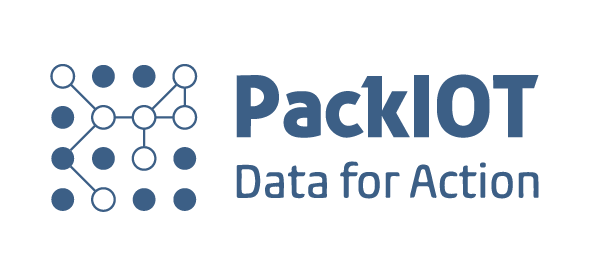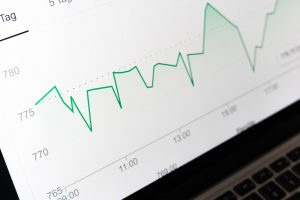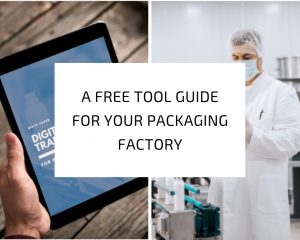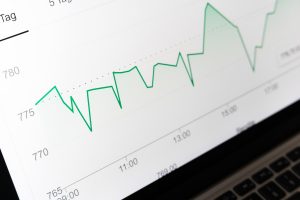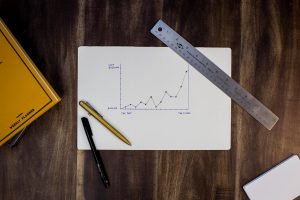The Top 5 Packaging Trends That 2020 Has Showed Us
By Mariana Costa, Marketing Specialist at PackIOT Packaging is essential to so many industries such as pharmaceutical, food processing, manufacturing industry, fast-moving consumer goods, among others. This aligned with the increasing development of packaging in emerging economies such as China, India, Brazil, Russia and some other eastern European countries are the main factors driving the packaging industry. Throughout the last years we have experienced the growth of global trade, urbanization and population growth, with an increased pressure on exports and imports as well as packaging for the safety of goods. This faster pace of life was also translated into consumption “on the go” which increased the need for food service packaging. The packaging industry has been coming up with different technological innovations such as safe closures, flexible handling or easy portioning. All these assets help extending the packaging portfolio of this industry. Looking back to 2020 we all can agree that this was a crazy year that was not part of anyone's worst dreams (or nightmares!). Nevertheless, so many other positive things happened! 2020 is coming to an end and what a better time to look back at some of the best trends we have seen happening…
